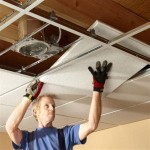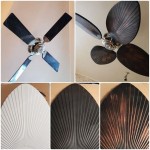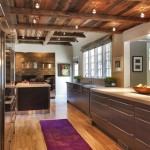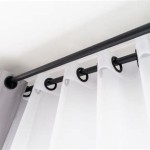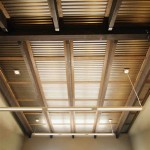Recessed ceiling lights are a popular choice for illuminating the interior of homes, offices, and other buildings. They provide a subtle, elegant look and come in a variety of styles. LED recessed ceiling lights are an energy-efficient alternative that offers a range of advantages.
The Benefits of LED Recessed Ceiling Lights
LED recessed ceiling lights offer a number of advantages over traditional lighting options. They are energy-efficient, long-lasting, and cost-effective. LEDs are also available in a variety of colors, temperatures, and brightness levels. As a result, they can be used to create a range of different lighting effects.
Types of LED Recessed Ceiling Lights
LED recessed ceiling lights come in a variety of shapes, sizes, and styles. Popular choices include downlights, spotlights, and adjustable fixtures. Downlights are the most common type of LED recessed lighting and provide a soft, even light. Spotlights are ideal for accentuating specific areas, while adjustable fixtures allow you to adjust the direction, brightness, and color of the light.
Installing LED Recessed Ceiling Lights
Installing LED recessed ceiling lights is a relatively simple process. Before beginning, make sure to turn off the power to the area you’ll be working on. Then, carefully remove the existing fixture and disconnect the wiring. Next, connect the wiring to the LED light fixture, mount it to the ceiling, and secure it with the provided screws. Finally, turn the power back on and test the light.
Caring for Your LED Recessed Ceiling Lights
LED recessed ceiling lights are designed to last for years, but they do need to be properly maintained. Start by cleaning the light fixtures regularly, using a soft cloth or vacuum attachment. Also, inspect the fixtures for any signs of wear or damage and replace any worn or damaged components as needed. Finally, ensure that the light fixtures are properly secured to the ceiling to avoid any potential accidents.















Related Posts

